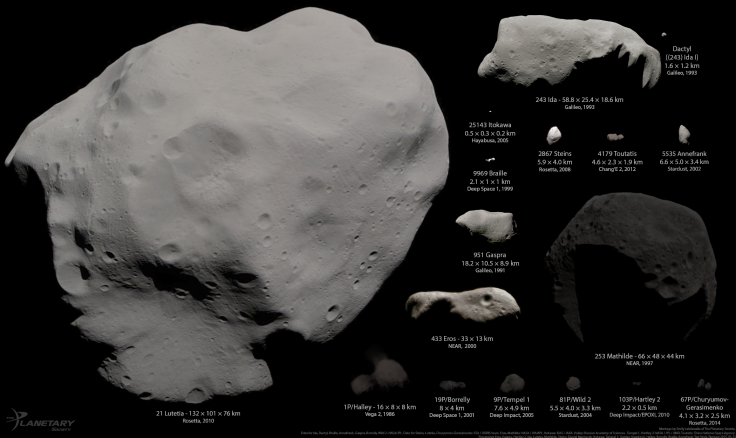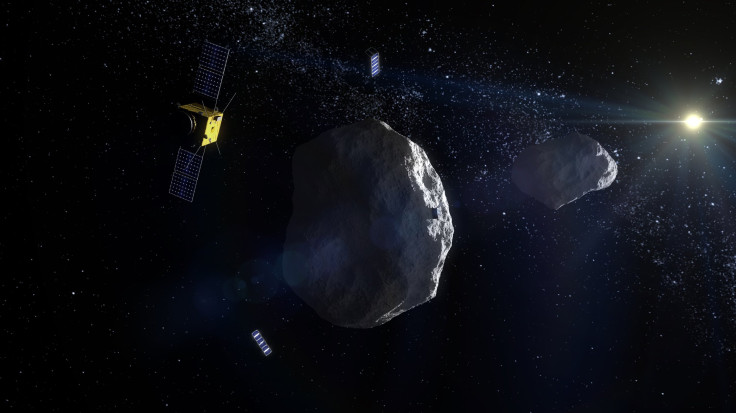Asteroid Mining: What Humans Need To Harvest Space Rocks

Asteroid miners will need maps of space rocks near Earth and more information about the composition of these bodies if they are going to harvest the material for resources we can use at home or while journeying through the universe, a group of experts reports.
The team was outlying details about the logistics of the task from a scientific standpoint, based on questions prospective asteroid miners. In their paper, the experts wrote that apart from maps of meteorites and asteroids and information about what these rocks are made of, other gaps in knowledge include how particles will behave in low gravity during the mining process. They specifically mention regolith, the loose, dusty material on an asteroid that covers the solid rock of an asteroid.
There’s also the issue of not fully understanding asteroids in general, including how deep their layer of regolith is and what their interiors are like.
“Asteroid mining is this incredible intersection of science, engineering, entrepreneurship and imagination,” one of the paper’s authors, J.L. Galache, said in a statement. He is from Aten Engineering, which is geared toward technology surrounding planetary defense and space resources. “The problem is, it’s also a classic example of a relatively young scientific field, in that the more we find out about asteroids through missions like Hayabusa and Rosetta, the more we realize that we don’t know.”
He helped present the report at the European Planetary Science Congress 2017 conference, which runs through Sept. 22.
It was a reply to questions raised at another conference held last year, Asteroid Science Intersections with In-Space Mine Engineering (ASIME) 2016.
“The mining of resources contained in asteroids, for use as propellant, building materials or in life-support systems, has the potential to revolutionize exploration of our solar system,” according to Europlanet, which is behind the ongoing conference. “To make this concept a reality, we need to increase our knowledge of the very diverse population of accessible near-Earth asteroids.”
Having maps of the asteroids will help miners choose targets as well as assist in efforts to discover and learn more about near-Earth asteroids.
And learning more about these asteroids and their compositions, in part through telescope observations, will tell experts which asteroids have resources that we can use and make it easier to create effective plans for harvesting the material.
Gaining that information will have a sort of domino effect, the paper notes: Learning with more certainty about an asteroid’s features and where the rock originated will help in classifying other objects that come from the same place, particularly smaller ones that can be difficult to study on their own.
“A shortcut to understanding [a near-Earth asteroid’s] composition could be to identify where in the solar system they formed and look at the characteristics of their ‘orbital family,’” Europlanet explains.
When it comes to making a plan for mining an asteroid, knowing how the rock will behave is crucial, in part because it could be a safety issue.
The layer of dusty material “can behave as a solid, a liquid or a gas in this environment,” according to Europlanet. “This behavior will be particularly important for asteroids that are rubble-piles, as spacecraft trying to land or drill into these could easily destabilize regolith, causing granular flow or avalanches.”
The authors of the report hope it will be a first step toward outlining and solving the challenges asteroid miners will face.

© Copyright IBTimes 2024. All rights reserved.





















